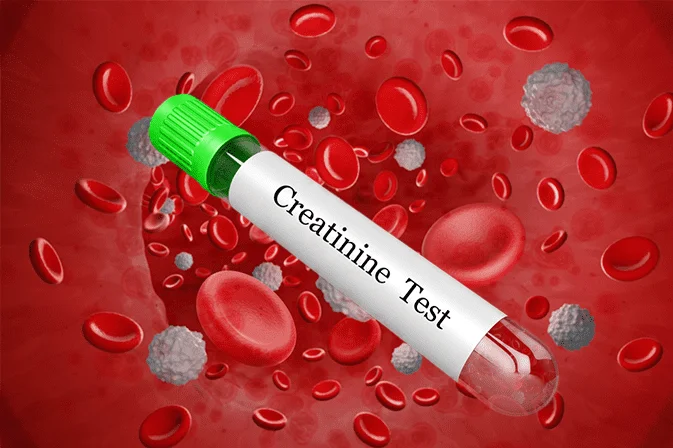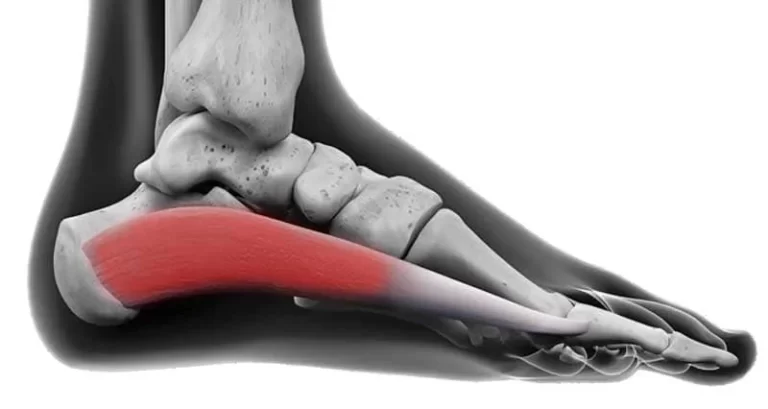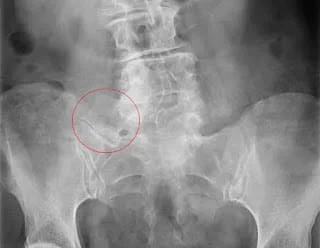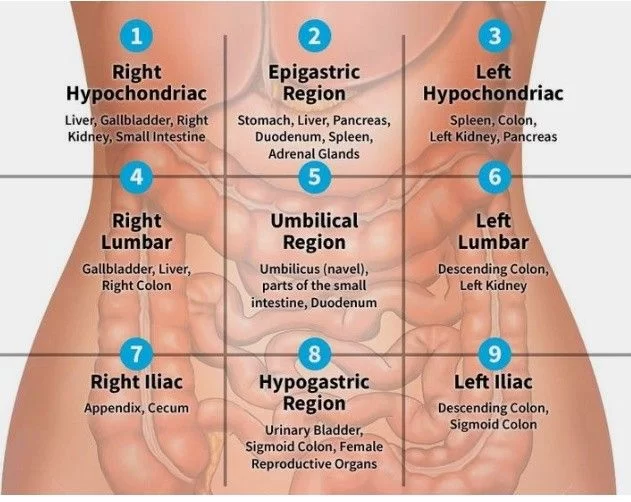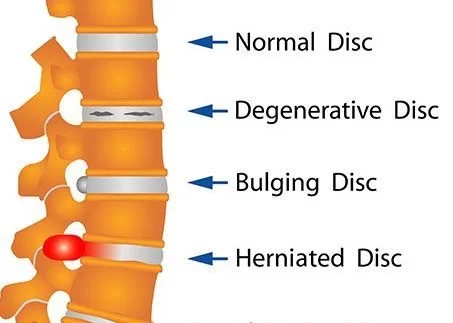High Creatinine Levels
Introduction High creatinine levels can indicate a range of underlying health conditions, involving kidney infection and kidney failure. Doctors usually consider high creatinine levels to be above 1.2 milligrams per deciliter (mg/dL) for males and 1.0 mg/dL for females. Muscles produce creatinine as a waste product. The kidneys remove creatinine from the blood and expel…

